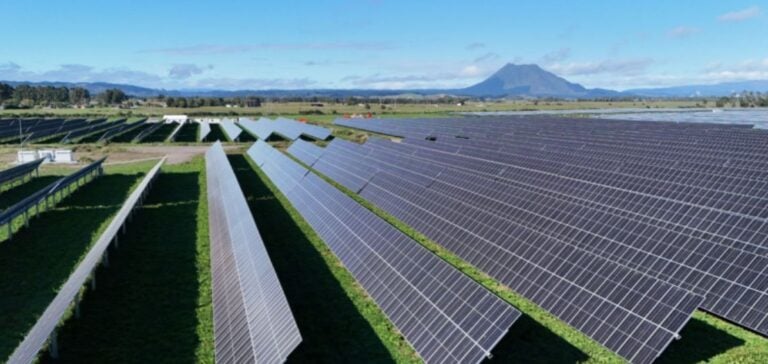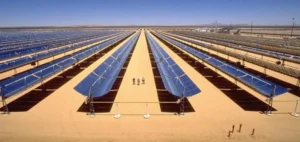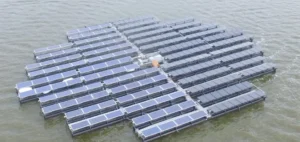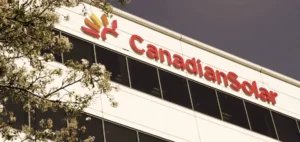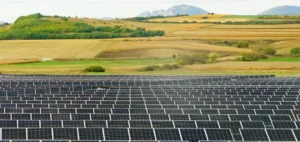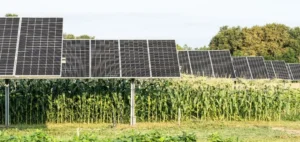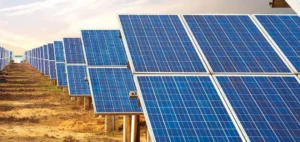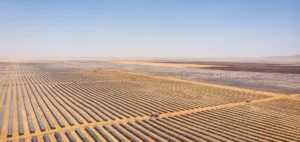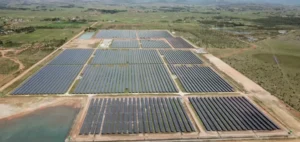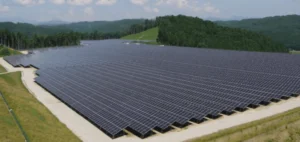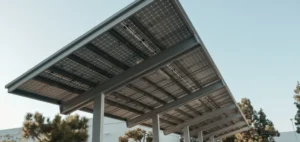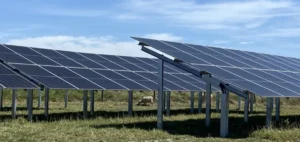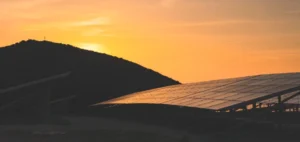Trinasolar and Lodestone Energy launch the Rangitaiki solar farm in New Zealand, integrating solar energy production and agriculture.
This innovative project uses bifacial Trinasolar Vertex modules on TrinaTracker Vanguard 2P trackers, maximizing land use while allowing sheep to graze under the panels.
This dual approach provides enough energy for 7,500 New Zealand homes while supporting local agriculture.
Land Optimization with Agrivoltaics
Agrivoltaics combines agriculture and solar power, addressing local concerns about land use.
Gary Holden, Managing Director of Lodestone Energy, reports that this integration maintains around 80% of pasture productivity.
Sheep can graze under the panels, increasing land productivity.
Bifacial modules and trackers enable efficient energy production while supporting sustainable farming practices.
Edison Zhou, Trinasolar’s manager for the Asia-Pacific region, points out that the 2P trackers allow animals to move freely under the modules, promoting continuous grass growth even in dry periods.
Strategic Partnerships and Innovative Solutions
Trinasolar’s integrated module and tracker design facilitates rapid resolution of technical issues and ensures simplified installation.
Nick Murray, Program Manager at Lodestone Energy, notes that Trinasolar’s technical support helped overcome logistical challenges and complete the installation in eight months.
This agrivoltaic project also serves as a testing ground for various agricultural initiatives.
Lodestone plans to grow strawberries between the rows of solar modules, optimizing land use and improving the efficiency of the bifacial modules by reflecting sunlight.
Murray mentions that discussions are underway with universities to test and refine these techniques.
Future prospects and developments
The Rangitaiki farm demonstrates how agrivoltaic solutions can maximize land use by combining solar energy production with agricultural activities.
Trinasolar Vertex bifacial modules and TrinaTracker Vanguard 2P trackers not only enable efficient energy production, but also support sustainable farming practices.
This approach increases land productivity and meets the energy needs of thousands of New Zealand households.
Trinasolar’s integrated solutions facilitate project management and enable rapid installations, as evidenced by the Rangitaiki farm’s completion in eight months.
Logistical challenges are overcome thanks to a single supplier of modules and trackers, ensuring optimum compatibility and minimizing potential problems.
The Rangitaiki agrivoltaic initiative also serves as a platform for testing various agricultural techniques.
The Rangitaiki project thus illustrates innovation in the renewable energy sector, offering sustainable models of energy production and land management.
The strategic partnerships between Trinasolar and Lodestone Energy continue to push the boundaries of innovation and collaboration, demonstrating the benefits of an integrated approach to energy and agriculture.


